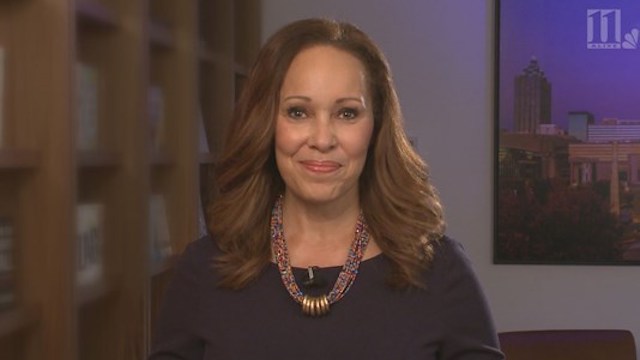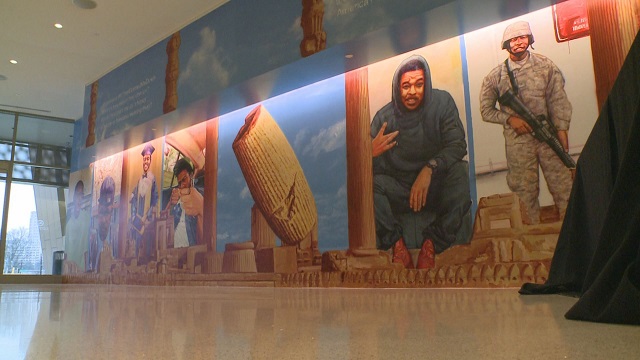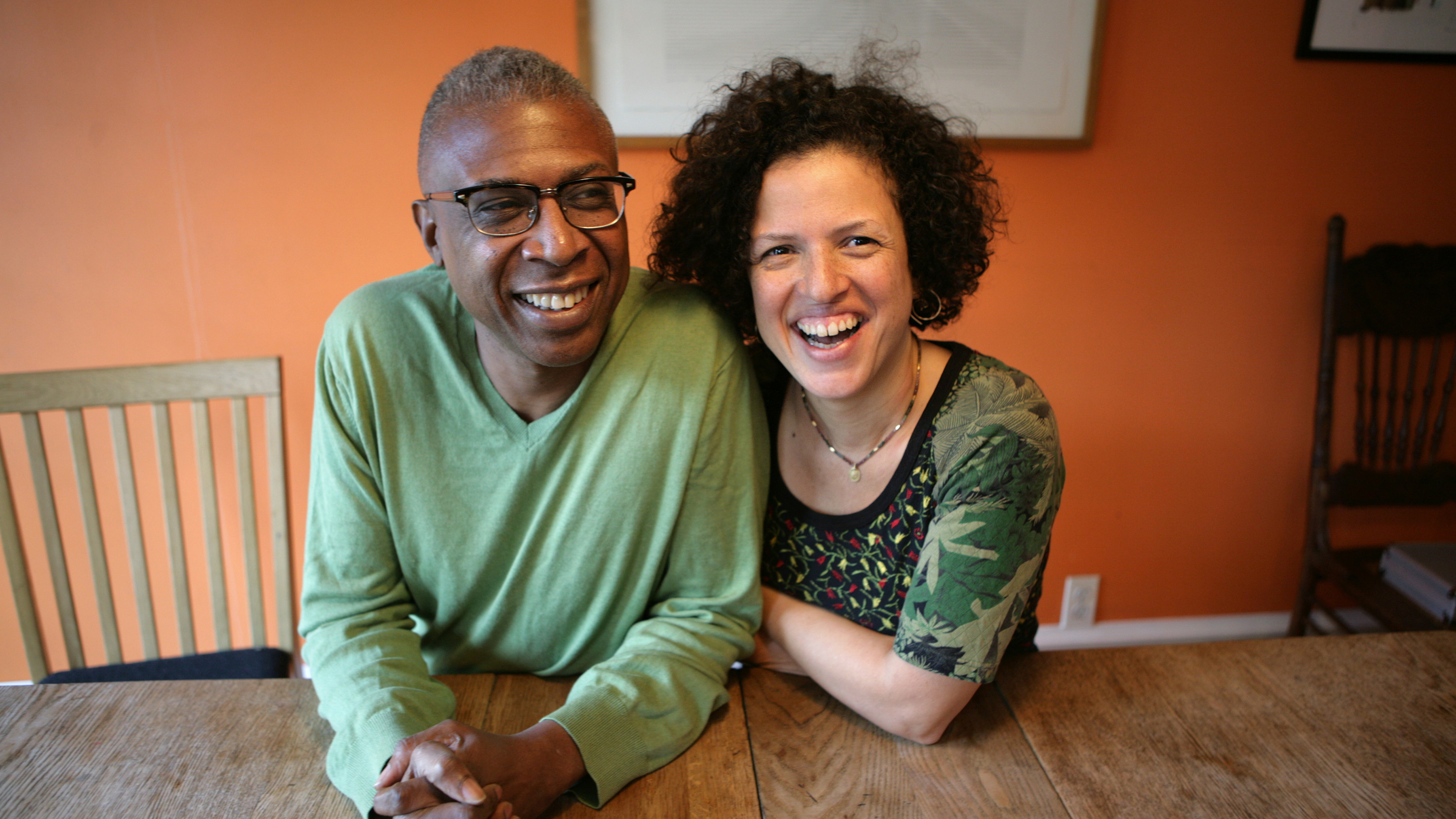It’s been a heavy year for me.
I did not quite realize that until I scrolled through my blog posts.
This year I wrote about race, stress, and deflected dreams. Many of the most powerful stories I read by others were the ones that tackled grisly topics, from officer-involved shootings to international tragedies.
But I also wrote about the triumph of heart, the value in communication, and the joy of when a beautiful story touches millions of people.
As we wind down the calendar year, I present my favorite posts from 2015, with excerpts, in chronological order:
The lesson I learned telling a story about race (1/28/15)
On most subjects, when I ask people for their thoughts, I get a “Yes” response maybe a third of the time. With a less threatening subject that still breeds opinions — say, the performance of the local football team — my success rate jumps closer to 50%.
With a subject like race? I braced myself for a steady diet of rejection.
I received the exact opposite.
Nearly everyone I approached agreed to an on-camera interview, from a diner in downtown Atlanta to a panini shop in the suburbs. I asked people of different races, ages, and genders, and I heard a lot of yeses.
And those responses paved the way to powerful conversations.
I spoke with more than a dozen people, and I used nearly everyone’s words in the resulting story. I found their thoughts compelling and varied; many remarked how they had rarely discussed such weighty matters — particularly race — in their day-to-day lives.
What made them open up here?
I credit two things: my approach, and my station’s intentions.
Every time I approached someone, I laid out the request in as sincere and thoughtful a manner as possible. I described the hour-long special and pressed the importance of hearing numerous voices; I spoke about our desire as a station to promote conversation, and I never rushed or tried to push anyone who might not be sure. My story required honesty and openness; I needed to display both if I wished to receive it.
But I also felt heartened by the fact that so many people held such deep, poignant thoughts about race. We tend to only see the most polarizing, often offensive, comments in matters like these. This story reminded me how many people remain in the middle.
A storyteller’s trip to Bolivia’s Salar de Uyuni (4/22/15)
My journey to one of the world’s most stunning sights began with an innocent click.
Really, it began because of this web site.
I launched the Telling The Story blog in February 2013 to inspire journalists and storytellers, using not just my work but that of others around the world. I included a weekly series called “3 Great Stories” to spotlight the best pieces I watched, heard, or read that week.
I began to relish my regular quest to unearth such gems, and I regularly scanned different outlets to expand my reach.
In January 2014 I discovered Medium.
Advertised initially as a long-form version of Twitter, the site had become — at its best — a beacon of creativity where both young and established writers posted their work. I started scouring its headlines until I stumbled upon this one:
Salar de Uyuni: my trip to see the world’s largest mirror
It was accompanied by this photo:

My eyes widened, and my index finger raced to the mouse to click on the link.
Interns, Part 2 (or: the time I almost became famous) (8/5/15)
But when you “make it” in your career, something critical happens:
You have to live what you have made.
The process of “making it” encompasses much of one’s 20s and early 30s; one then must spend the bulk of one’s adult life “keeping it”. The initial challenge evaporates, and the day-to-day job remains.
I stumbled upon this thought during my latest car ride with an intern. He was asking for advice about whether he should pursue journalism as a career. As we talked, I thought about the Clemens story and realized I had never really articulated the advice I was about to give.
“Here’s what you should do,” I said, in one form or another. “Take some time and just watch newscasts. Watch as many as you can. Watch them here in Atlanta; watch them in smaller markets. Heck, go online and watch a live-stream of some random newscast in some place you have never visited. While you watch, see what they do. See what types of stories the reporters cover. Combine that with what you have experienced this summer watching the reporters and journalists here. Understand that this is the type of work you most likely will end up doing.
“And when you make your decision about a career in journalism, think about that. Don’t think about whether you can handle living in a small market. Most likely, you can. Don’t worry about whether you will ultimately ‘make it’ to a big market. Because once you do all those things, you will still have the rest of your adult life ahead of you, and you will need to be happy doing the job you have.
“So don’t think about the short term. Think about the long term. Think about your life, and think about whether you are willing to commit so much of it to this line of work.”
It is a lesson so many of us fail to truly grasp until much later.
The balancing act: journalism and stress (10/14/15)
I accepted long ago that I receive, as a journalist, an extraordinary amount of access unavailable to most. That access is often a treasure: I have traveled to the Olympics, interviewed countless celebrities and public figures, and enjoyed fascinating and probing conversations with people I otherwise never would have met.
In other cases, that access is a burden, a necessary evil in the journey to inform.
In my dozen years as a journalist, I have witnessed the wreckage of floods and tornadoes. I have interviewed people in their most vulnerable, anguished states. I have sat with children during times of extreme sickness; in some cases, I have even attended their funerals.
Even when I covered the Sochi Olympics, we received beforehand severe internal warnings about the potential for terrorism, which left several of my co-workers questioning their decisions to take the assignment.
Witnessing an execution is an extreme example; Hullinger described to me his need, early on in the process, to simply close his eyes for 20 seconds and brace himself for the horror he was about to witness. I often feel similarly on a smaller scale; I report countless stories where I must first steel my heart before heading into the field.
And yet, I cannot steel myself too much. I need to remain able to be moved by my story, to absorb its emotions and importance. I must stay attuned to the larger societal questions surrounding virtually every assignment I receive, even as those issues bring a level of stress that is sometimes overwhelming.
Being a journalist requires me to know about the issues. Being a good journalist requires me to care about them.
And I want to be a good journalist.
So I must often allow myself to absorb the stress that comes with access.
Logan’s big play: watching one story reach millions (10/21/15)
One million people.
I could not believe it.
Several days of posting Logan’s story to Facebook, I looked at the numbers and found it had been seen by a million users. It had been liked and shared thousands of times, and it had received attention and comments from north Georgia to southeast Asia.
My stories — and my Facebook posts about them — rarely get much attention. They usually, according to Facebook’s insights, reach a few hundred people, sometimes a few thousand.
But a million? That just didn’t happen … until it did.
People seemed particularly touched by the celebration of Logan’s touchdown. They loved that both teams got in the act, and they strongly cheered on the messages of sportsmanship and empathy. Many spoke about getting tears in their eyes.
I was overwhelmed by how quickly the video spread. New likes, shares, and comments arrived literally every second. People wrote comments in which they simply tagged a friend, so that the friend could watch the video. The numbers surprised even the 11Alive digital team, which monitors a Facebook account with hundreds of thousands of followers.
To watch it all unfold felt both shocking and gratifying.
We talk all the time about the power of social media, and we often view it in more personal matters: the ability to keep in touch with friends, to share the moments of our lives, or to rally communities around causes. This was something different. This was watching a single story — and a beautiful video of Logan — reach a global audience and affect a number of people I could rarely otherwise reach. This was realizing a singular strength of life on earth in 2015: the potential for one person’s action — anyone, not just Logan and certainly not just me — to spread communally and organically in ways that bust traditional boundaries.
Matt Pearl is the author of the Telling the Story blog and podcast. Feel free to comment below or e-mail Matt at matt@tellingthestoryblog.com. You can also follow Matt on Facebook and Twitter.




